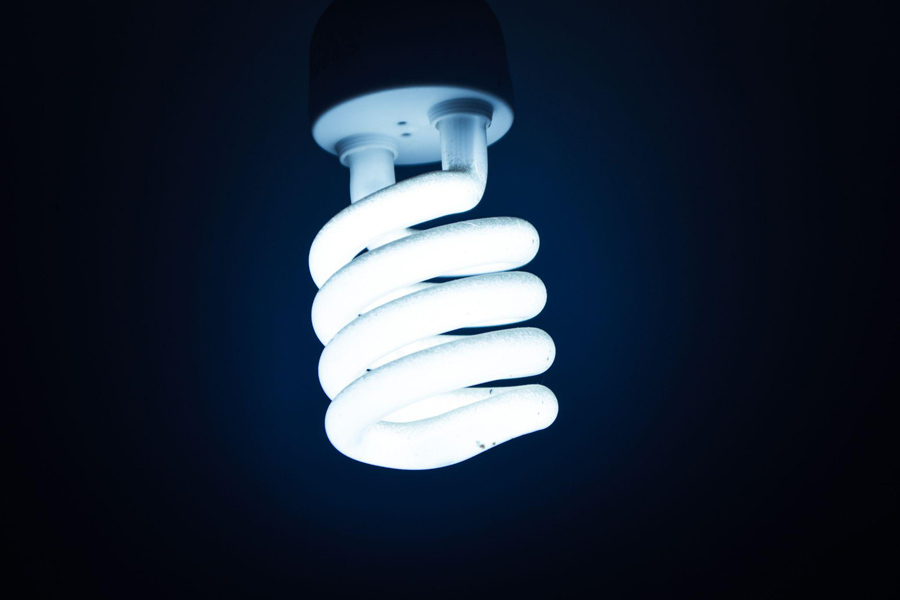
Any business that operates in potentially explosive environments with gasses and vapors present needs explosion-proof lighting. Employees in hazardous environments are frequently at risk for explosions that could happen if safety measures are not followed carefully.
You must comprehend how explosion-proof lighting can enhance both the success of your company and the security of your employees. Determining what an explosion-proof lighting fixture is and how it differs from regular lighting fixtures can be difficult, though. This article aims to give you a thorough overview of explosion-proof lighting so that you can choose what is best for your company.
What Is Explosion-Proof Lighting?
Lighting that is considered to be “explosion proof” can withstand sparks that might otherwise ignite the flammable and explosive gasses present in the air. Explosion proof LED lights, then, refer to the ability to stop external explosions from happening in a dangerous location rather than lighting equipment resistant to explosions.
Typically, an explosion-proof lighting fixture is enclosed in a substantial frame made of a durable material like steel or aluminum. Ex-proof lighting fixtures also feature incredibly tough lenses that can withstand difficult working conditions and avoid cracks that could lead to leaks.
Why Pick Lighting That Is Explosion Proof?
By preventing the ignition of nearby flammable gasses and vapors, explosion-proof lighting installation significantly lowers the risk of outbreaks. Furthermore, all lighting equipment used in dangerous locations must comply with the National Electric Code (NEC), published by the National Fire Protection Association (NFPA).
Explosion and ignition risks are very low because of the sturdy design of explosion-proof lighting fixtures. Therefore, this significantly increases worker safety in dangerous environments.
Design Ex Proof
The bulb, contacts, wiring, and switches are directly exposed to the local environment in a standard light fixture. An explosive atmosphere can be started by the spark from a loose contact, the movement of the switch, or even the heat from the bulb. Any potential explosions in an explosion-proof light fixture are contained inside the institution.
The bulb, wiring, contacts, and switches in a typical lighting fixture are all open to the environment. Because of this, any sparks produced by the abrupt change in energy inside the institution may potentially ignite the flammable gasses in the air. An explosion-proof lighting fixture, on the other hand, has its parts enclosed to stop potential sparks or flames from escaping the internal housing unit.
The flammable gasses in the surrounding atmosphere cannot, however, enter the housing unit if there is not an airtight seal around the components of an ex-proof lighting fixture. It simply means that the explosion will be contained within the housing unit of the explosion-proof lighting fixture. This stops the outbreak from spreading outside the team, which could result in more equipment damage and worker injuries.
Conclusion
As experts in the industrial sector, we know all the advantages explosion-proof lighting can offer your company. As a result, we strongly advise you to use explosion-proof lights, especially if your company operates in a confined space in a dangerous location. Additionally, explosion-proof lights must be installed to perform maintenance and inspection due to the low visibility and mobility of confined spaces like oil rigs and petrochemical plants.


